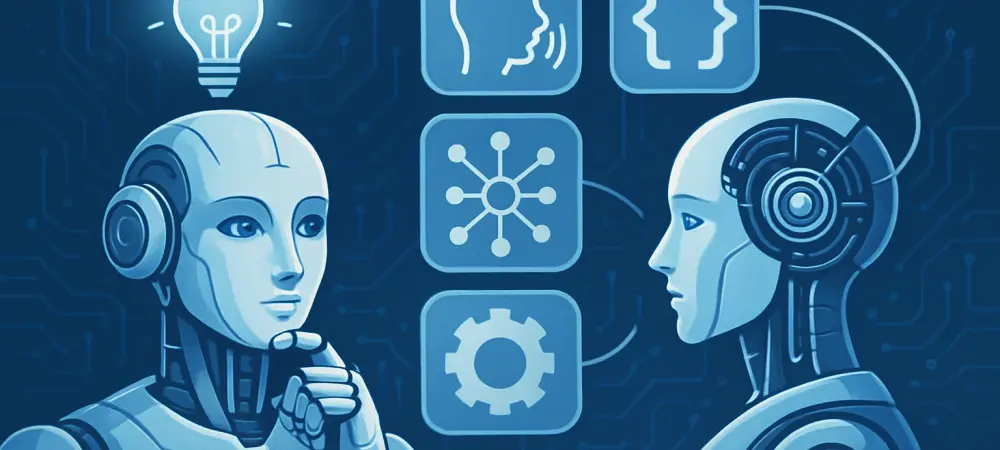In a rapidly evolving technological landscape, self-adapting language models are emerging as pivotal components in AI’s journey. This innovation, marked by the ability of large language models (LLMs) to continuously learn and adjust autonomously, is reshaping how AI adapts to dynamic environments. As traditional models grapple with static, predetermined datasets, self-adapting models offer the promise of bespoke learning strategies, enhancing efficiency and adaptability. This overview explores key trends, real-world applications, expert insights, and the future potential of these transformative models in the enterprise sector.
Current Trends and Adoption
Data and Growth Trends
Interest in self-adapting language models has seen significant growth, with adoption rates increasing across multiple industries. Reports indicate a sharp rise in their implementation due to their ability to evolve and accommodate novel inputs without requiring extensive reprogramming. Research highlights that businesses in sectors like finance and healthcare are leveraging these models for improved decision-making and operations, demonstrating the expanding influence of self-adapting technologies. As sectors realize the advantages of AI that can adapt in real time, the momentum behind self-adapting models continues to build.
Real-World Applications
Self-adapting language models have seen practical applications in industries such as customer service and software development. In customer service, these models learn customer preferences over time, leading to more personalized interactions and improved satisfaction. One notable case is a tech company that integrated self-adapting models into their support systems, resulting in faster response times and reduced operational costs. Similarly, in software development, AI assistants can adapt to unique coding practices to streamline workflow efficiency, thus showcasing the versatility of self-adapting models. These practical applications not only demonstrate AI’s potential but also enhance operational efficiencies for businesses.
Expert Insights and Perspectives
Industry leaders have voiced their recognition of the profound impact that self-adapting language models could have across various domains. Experts acknowledge their potential to transform practices, though challenges remain, particularly in the areas of model deployment and maintenance. Leaders in AI development have highlighted difficulties such as the significant computational resources required for model training, alongside ethical considerations regarding automated decision-making processes. Nonetheless, the overall sentiment suggests that as these hurdles are addressed, self-adapting models could potentially lead to considerable disruptions and improvements within numerous industries.
Future Outlook and Potentials
The anticipated developments in self-adapting language models include increased capacities for efficiency and personalization, with the capability for autonomous learning bringing new possibilities to the fore. Businesses are expected to benefit from models that generalize knowledge quickly while maintaining accuracy and speed. However, to realize these capabilities, the challenges involving ethical implications and continuous learning environments need addressing. As industries integrate these models, there’s considerable anticipation of a profound impact on how businesses operate and interact with technology, promising a transformative shift in AI applications.
Conclusions
The progression of self-adapting language models illuminated their potential to revolutionize enterprise AI applications. Despite hurdles involving ethical issues and technical complexities, their development laid the groundwork for autonomous learning systems capable of evolving independently. This evolution underscored the importance of continuous research to harness the full potential and adapt to an ever-changing market landscape. As businesses navigate these developments, investment in adaptable AI could significantly bolster their competitive edge, ultimately driving forward the future of enterprise technology dynamics.

